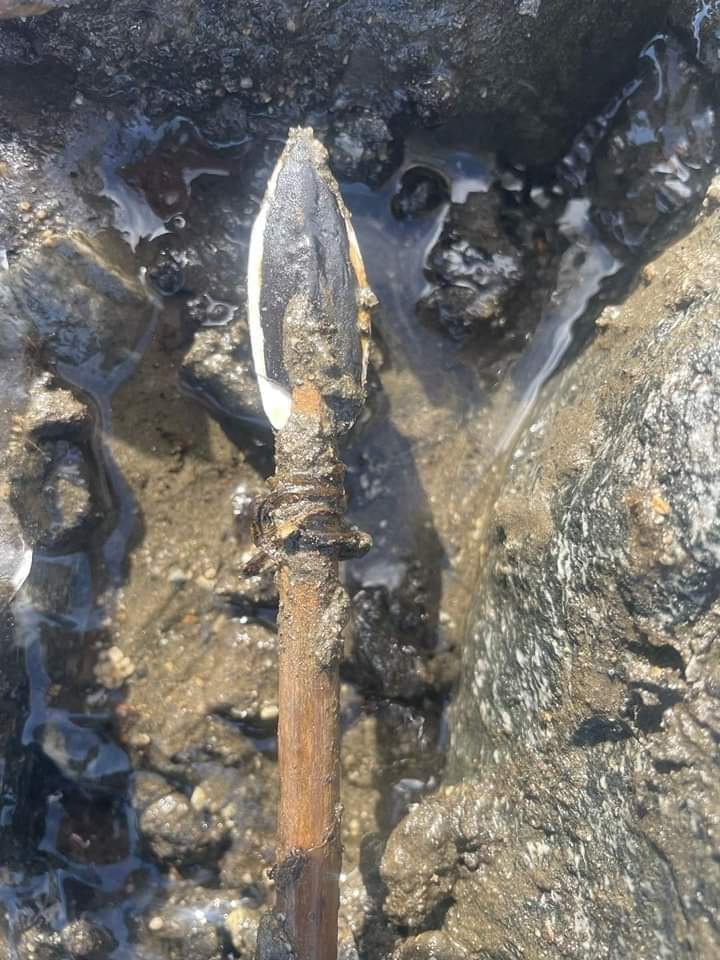Archaeologists have discovered a well-preserved Bronze Age arrow in Norway’s thawing ice. Credit: Espen Finstad / secretsoftheice.com
Archaeologists have made an exciting discovery in the mountains of Norway: a truly unusual ancient arrow with its original quartzite arrowhead and feather tail still intact.

This arrow, believed to have been employed by reindeer hunters around three thousand years ago, was discovered by archaeologist Lars Pilo. He leads the Secrets of the Ice project, which operates in the Jotunheimen Mountains within Norway’s Oppland region.
Discovery of the arrow
Although the project’s archaeologists previously stumbled upon human-made hunting blinds, which were spots where hunters concealed themselves while pursuing reindeer, this arrow was found at a different location, away from such blinds.
Lars Pilo, the archaeologist overseeing the Secrets of the Ice project, shared in an email that “there are no hunting blinds in the immediate vicinity, but this arrow was found along the upper edge of the ice, so the hunters may simply have been hiding behind the upper ridge.”
Climate change revealing ancient relics
On September 13th, archaeologist Espen Finstad, part of the Secrets of the Ice glacial research team, made a remarkable discovery.

In the Jotunheimen Mountains, climate change caused by human activities is causing snow and ice to melt, revealing ancient relics spanning hundreds to thousands of years. These historical artifacts are at risk of deterioration if not promptly retrieved after exposure to the elements.
Finstad stumbled upon the Bronze Age arrow during a deliberate survey, during which he and his colleagues systematically inspected recently uncovered areas along the ice’s edge.
Examination of the Bronze Age arrow
The arrow’s main body was crafted from birch, and it still possessed a set of aerodynamic fletching featuring three well-preserved feathers. Fletching is crucial for steering the arrow during its flight, but these components typically deteriorate over time.

There’s a quartzite arrowhead at the arrow’s tip, although it’s hardly visible due to a layer of pitch covering most of it. According to Pilo, this pitch served a dual purpose. It secured the arrowhead to the shaft and smoothed the front of the arrow, enhancing its ability to penetrate targets.
While arrows with preserved arrowheads are not uncommon during the Iron Age on our icy archaeological sites, finding one from this early period is exceptionally rare. It is believed that the pitch used on the arrowhead likely originated from birch charcoal.
Despite the arrowhead and feathers being in good condition, the remainder of the arrow did not fare as well. The arrow, measuring approximately 90 centimeters (about 2.9 feet) in length, fractured into three pieces along its shaft. According to Pilo, this breakage likely occurred due to the pressure exerted by the snow.